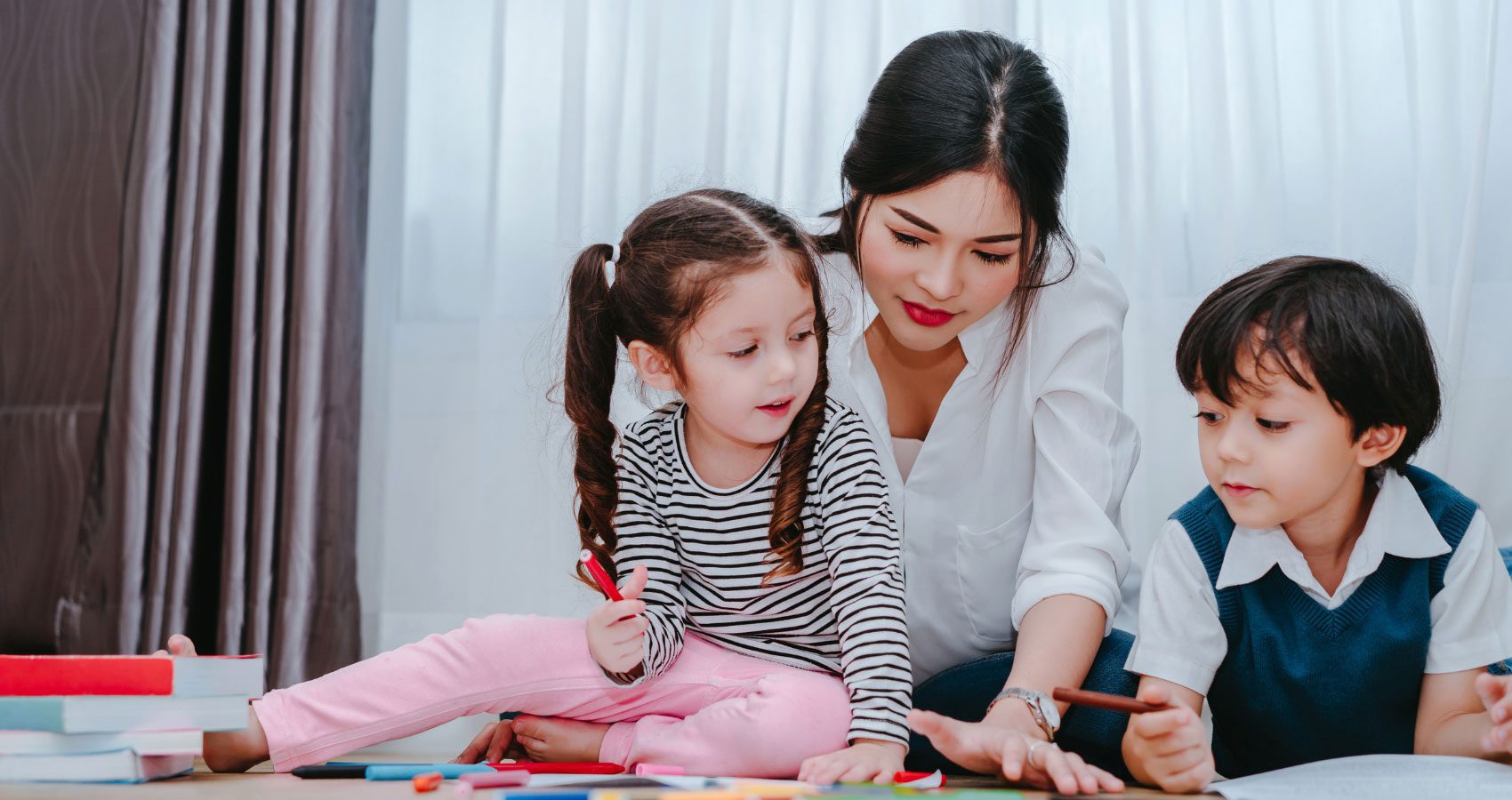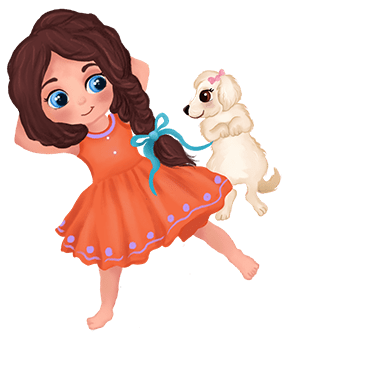Teaching Gratitude and Joy: 10 Fun Activities for Kids
As parents, we all want our children to be happy, healthy, and well-adjusted. But with so much negativity and stress in the world, it can be tough to teach our children to be grateful and find joy in everyday moments. Fortunately, there are many activities that can help young children learn about gratitude and increase their happiness. Here are some ideas for activities that parents and caregivers can do with kids ages 3-8 years old.
Gratitude Journaling
One of the most effective ways to teach children about gratitude is to encourage them to keep a gratitude journal. This can be as simple as a notebook where kids can write down one or two things they’re grateful for each day. Parents can help by asking their child what they’re grateful for each day and helping them write it down. Encouraging children to focus on the positive things in their life can help them develop a more positive outlook overall.
Daily Affirmations
Another way to help children develop a positive mindset is to practice daily affirmations. This involves saying positive statements to yourself, such as “I am strong,” “I am kind,” or “I am grateful for my family.” Parents can help their children come up with their own affirmations and repeat them each morning. This can help kids start their day on a positive note and remind them of the things they’re grateful for.
Acts of Kindness
Doing acts of kindness for others can help children feel more grateful and increase their overall happiness. Parents can encourage their children to perform small acts of kindness each day, such as sharing a toy with a sibling or saying something nice to a friend. Parents can also model kindness themselves by doing things like volunteering or helping out a neighbor.
Gratitude Jar
A gratitude jar is a fun and interactive way to encourage children to be grateful. Parents can create a jar and some slips of paper. Each day, kids can write down one thing they’re grateful for and put it in the jar. Parents can periodically read the slips of paper together as a family and reflect on the things they’re grateful for.
Mindful Breathing
Mindful breathing is a simple technique that can help children feel more relaxed and centered. Parents can encourage their children to take a few deep breaths and focus on their breathing for a few moments each day. This can help children feel more present and grateful for the moment they’re in.
Create a Gratitude Collage
A gratitude collage is a fun and creative way for children to express what they’re grateful for. Parents can provide their child with some magazines, scissors, and glue. Children can cut out pictures and words that represent what they’re grateful for and create a collage. This can be a fun activity to do together as a family.
Thank-You Notes
Writing thank-you notes is a great way to show appreciation for the people in our lives. Parents can encourage their children to write thank-you notes to family members, friends, or teachers. This can help children feel more grateful for the people in their lives and improve their relationships with others.
Gratitude Scavenger Hunt
A gratitude scavenger hunt is a fun way to encourage children to look for the positive things in their environment. Parents can create a list of things for their child to find, such as a pretty flower, a friendly face, or a cozy blanket. Children can then search for these things and reflect on why they’re grateful for them.
Create a Gratitude Jar
Creating a gratitude jar is another fun and easy activity that can help children focus on the positive things in their life. To make a gratitude jar, simply take a jar or container and decorate it with your child using stickers, markers, or other craft supplies. Then, cut up small pieces of paper and place them near the jar.
Encourage your child to think of things they are grateful for and write them down on the pieces of paper. Then, they can fold up the paper and place it in the jar. Over time, the jar will fill up with notes of gratitude, which your child can read whenever they need a reminder of the positive things in their life.
Read Books About Gratitude
In addition to the activities listed above, there are also books that can help children learn about gratitude and increase their happiness. One great option is Pawprint Academy: Madi’s Everyday Joy.
Pawprint Academy: Madi’s Everyday Joy is a children’s book that tells the story of Madi, a young girl who learns about the power of gratitude and mindfulness from her animal friends at the Pawprint Academy. Throughout the book, Madi learns valuable lessons about the importance of focusing on the positive things in her life and being present in the moment.
Reading Pawprint Academy: Madi’s Everyday Joy with your child can be a wonderful way to teach them about gratitude and increase their overall happiness. The story can spark conversations about what your child is grateful for and encourage them to think about the positive things in their life. Additionally, the book’s emphasis on mindfulness can help children learn to be more present in the moment. This can lead to increased feelings of joy and contentment.
Conclusion
In conclusion, teaching children about gratitude and mindfulness is an important part of helping them develop into happy, well-adjusted adults. By incorporating activities like journaling, daily affirmations, acts of kindness, and more, parents and caregivers can help young children learn about gratitude and increase their overall happiness. Additionally, books like Pawprint Academy: Madi’s Everyday Joy can be a valuable tool in this process, providing children with engaging stories and activities that can help them develop a more positive mindset.



